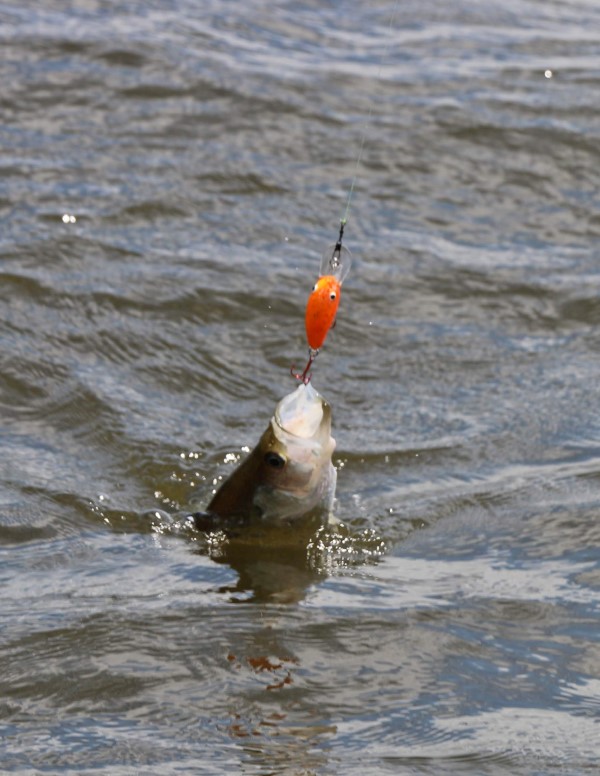To troll or not to troll, that is the question. No question that when you’re fishing specific structure such as a dock, a treetop or a sunken brush pile, casting a lure while “single poling” is the best technique. But when crappie are following bait schools or hanging out on open water points or drop-offs, trolling can definitely be the most effective. Let’s do the math.
When slow-trolling a jig at 0.7 mph for eight hours, your jig is in a potential strike zone for 5.6 lure miles. If you are trolling six lines/jigs, that equals 33.6 lure miles.
When casting we will say your lure stays in a strike zone for 50 feet each cast. It’s probably not that much but it makes the math easier. We’ll also say you are good enough to make two casts a minute and strong enough to keep it up for 120 casts per hour, or 960 casts in an eight-hour day. Again, doubtful, but we’ll use it to keep the math simple.
960 x 50 = 48,000 feet = 9 lure miles
Which do you prefer… a lure in a potential strike zone for 9 miles or more than 33 miles? Tell us which technique you prefer and why at info@crappienow.com. We’ll share some of your answers in October.



